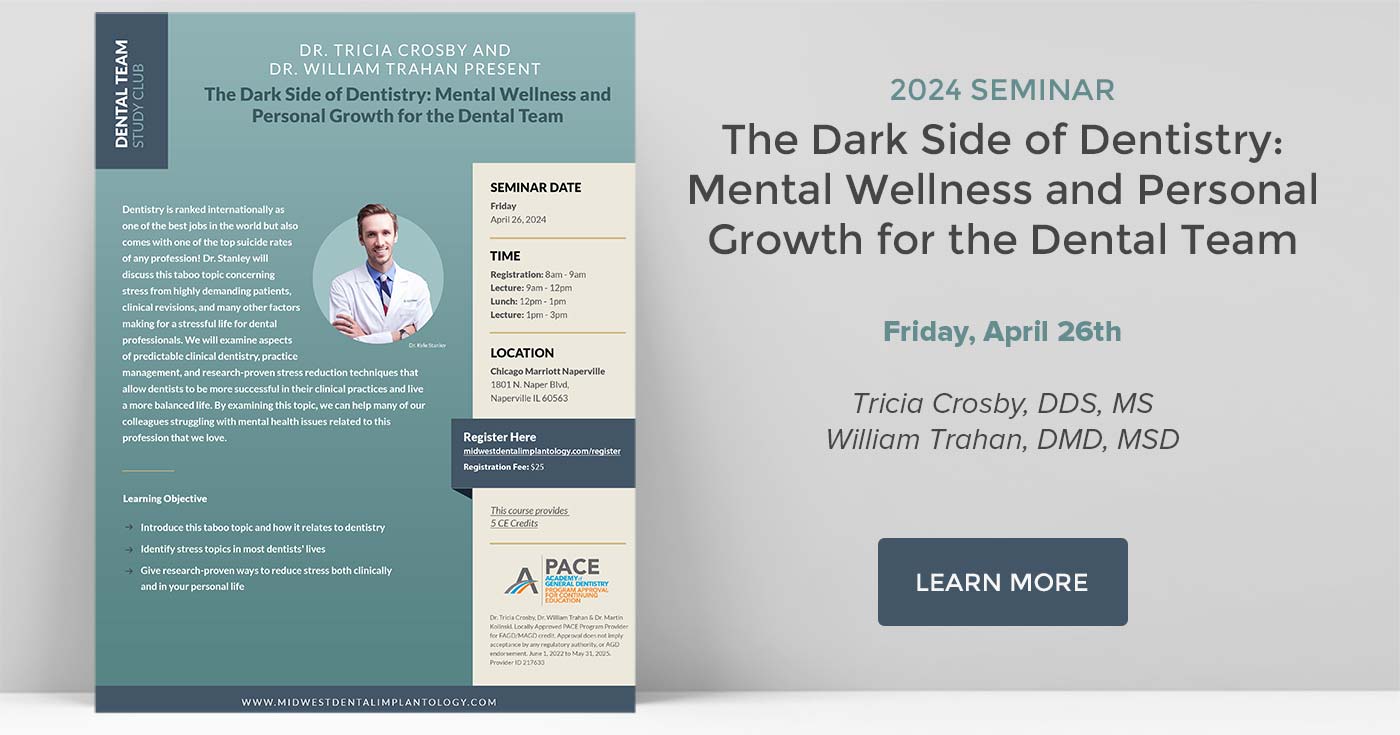Periodontal Maintenance
Periodontal Cleaning
Periodontal cleanings performed by a dentist are necessary for two types of patients. The first set of patients who need periodontal cleaning in our office are those who have completed previous periodontal care including scaling and root planning or osseous surgery to reduce pocketing associated with periodontitis. These patients have a known history of periodontal disease, and need to be followed and their teeth professionally cleaned usually on a three or six month schedule.
The second group of patients who need routine periodontal cleanings are those who accumulate plaque and calculus in excess of normal levels. These patients exercise good preventative health care in making sure that their condition does not escalate placing them into the preceding group.
A periodontal cleaning in our office is usually scheduled for one hour. Full mouth x-rays may be taken if they are due. Each patient's blood pressure is taken and an oral cancer screening is performed. Our examination includes monitoring pocket depth and overall periodontal health. All x-rays taken in our office are forwarded to each patient's general dentist along with a Periodontal Maintenance Report outlining any findings.
Digital Radiography
We have a digital x-ray system which allows us to process all of our x-rays, including panoramic and facial films, digitally. This process has many benefits, including:
* A decrease in radiation exposure up to 75% per exposure
* No chemicals used for developing or processing film (environmentally friendly)
* Faster processing
* The ability to manipulate the digital image, making it lighter, darker, bigger, or colorized (less need to retake x-rays)
* The ability to make digital measurements for greater accuracy in interpretation
* An enhanced ability to view, archive, retrieve, copy and transmit images
Digital X-ray
Digital Panorex
Digital x-rays may reveal:
* Abscesses or cysts
* Bone loss
* Cancerous and non-cancerous tumors
* Decay between the teeth
* Developmental abnormalities
* Poor tooth and root positions
* Problems inside a tooth or below the gum line

